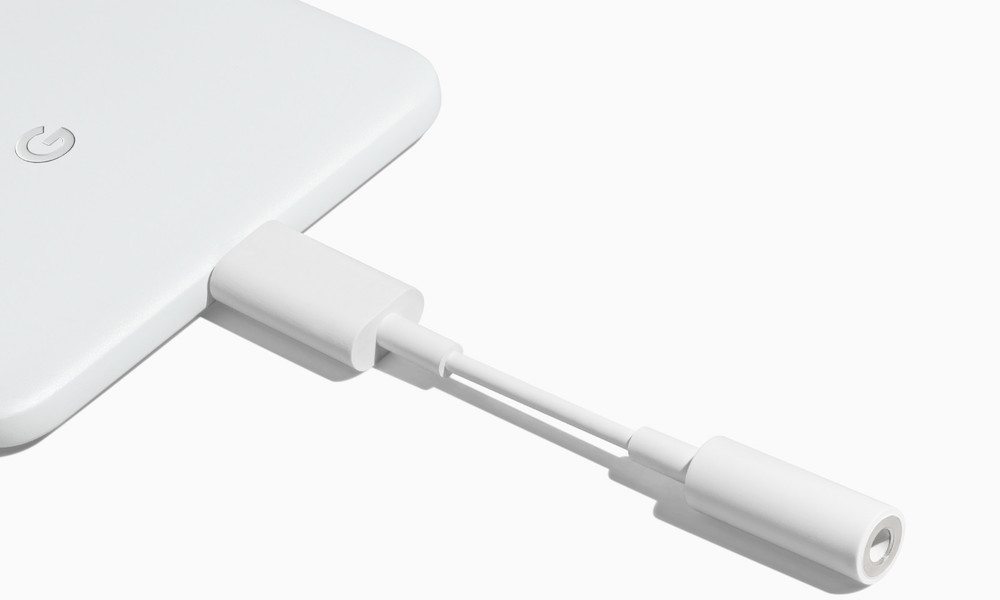Google’s Pixel 2 Proves Apple Was Right About Headphone Jacks

Toggle Dark Mode
Google yesterday unveiled its Pixel 2 flagship. It’s a stunning premium handset that might give Apple and Samsung a run for their money (until the iPhone X drops, of course). But among other things, the Pixel 2 proves that Apple was right all along.
Apple debuted the iPhone 7 last year, and when it did, it basically declared the headphone jack largely obsolete. Of course, many critics were skeptical then, and many remain skeptical of its removal. Some even used the jack’s removal as “evidence” of Apple’s unfriendliness to users. But, the Google Pixel 2, like the iPhone 7 before it, also does away with the 3.5mm headphone jack. And while current Samsung devices are still holding out, Google’s move signals the beginning of the end for the popular port.
When two tech titans like Apple and Google carry out a decision like this, it inevitably ends up changing the industry. Just look at some of the top Android makers sans Samsung: Xiaomi, HTC, Motorola and Huawei are following suit. The future, at this point, looks entirely wireless (save for the occasional dongle used in a pinch).
What the headphone jack’s removal on the Pixel 2 signifies is that Apple’s bet paid off. Certainly, for many users, it caused some short-term inconvenience. But, contrary to the critics, this turn of events proves that Apple did indeed show “courage” by being the first one to nix the feature. Now, for better or worse, it’s only a matter of time before the headphone jack on modern flagships is a thing of the past.
It may not seem like it in the short term, but users will eventually get used to the new standard. The headphone jack’s removal will undoubtedly free up internal space within all smartphones who do away with it. That might be the missing key that’ll allow phonemakers to begin packing beefed up and upgraded internal components into their devices. And not that the headphone jack was perfect, anyway. The original Pixel’s audio jack was notoriously bad.
Google Pixel sound output is so bad that removing the headphone jack would be an act of mercy. Go wireless or just don’t listen to anything.
— Vlad Savov (@vladsavov) April 24, 2017
Apple has a reputation for innovation and pulling the industry forward. But that innovation is not always welcome at the time. Consider the first iPhone. It may seem strange to us now, but many in 2007 were extremely skeptical of the iPhone’s multitouch and lack of a physical keyboard. Others “power-users” complained that the iPhone could never recreate the physical, tactile feel of a hardware keyboard, and that its message-writing experience would be objectively worse. Eventually, those criticisms died down. Just look where we are now.
It’s easy to see that same level of skepticism concerning Apple’s new Face ID technology — especially when it’s used in lieu of something familiar like fingerprint scanning. And while it may be a bit early to call any bets, it’s worth venturing that the smartphones of the future will all have some derivative of the Face ID tech.






